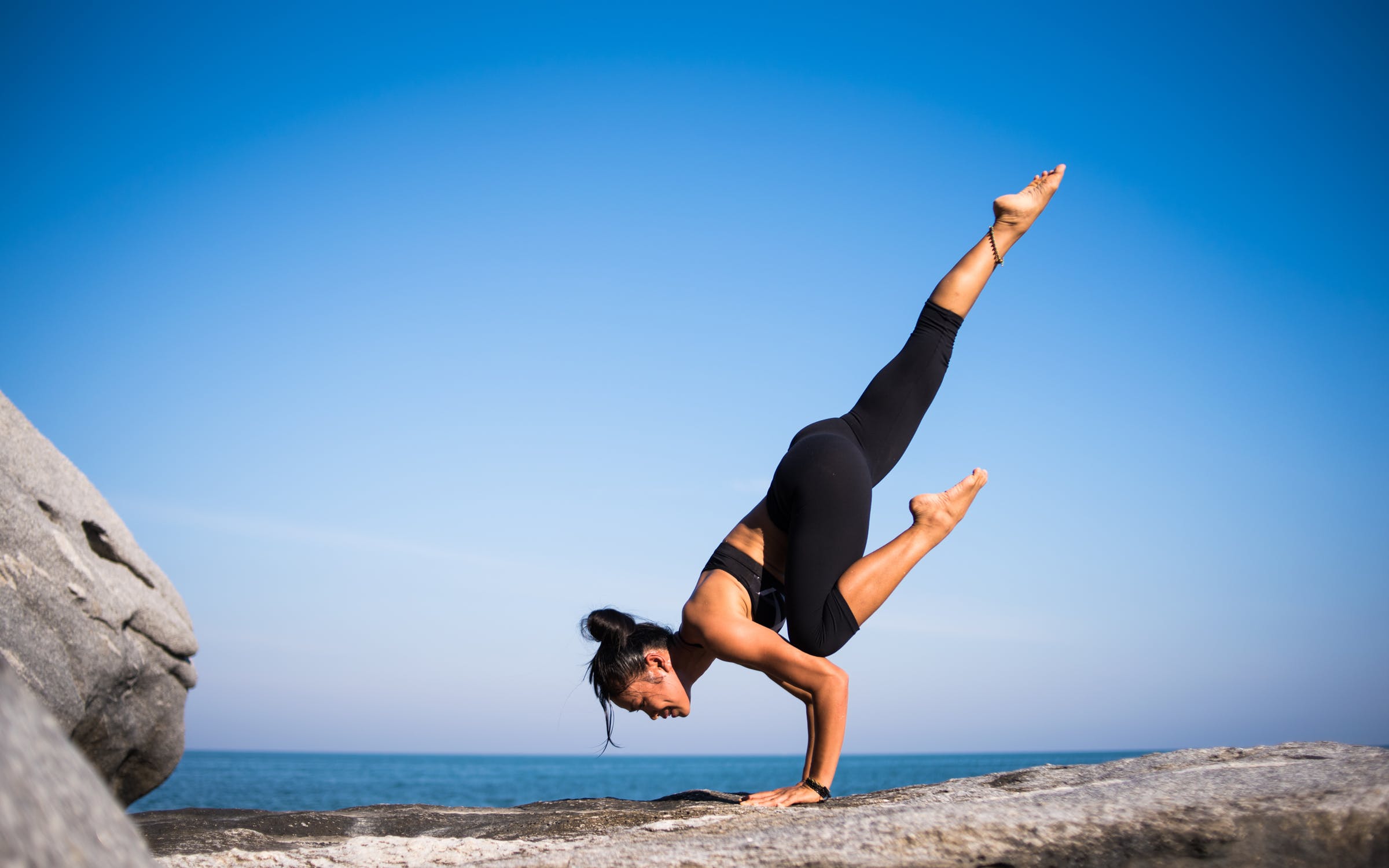
Nothing beats the feeling of holding your newborn in your arms after delivery. Your heart and hormones are pumping nothing but love and affection at this point. Those beautiful eyes, soft skin, the tiniest little fingers, etc. It all looks dreamlike. And to be honest, it is. Until postpartum kicks in! So here are 5 ways to make your postpartum recovery easier.
But you know what; all that discomfort and pain does disappear. Even though postpartum lasts for 2 to 3 months!Sounds like a long time, doesn’t it? But with a newborn, time flies like an arrow.
So are you ready to find the solution to some of your postpartum problems?
5 Ways to Make Your Postpartum Recovery Easier
#1 What to do about constipation?
During delivery, women are terrified about making number two on that delivery table. And after delivery, the opposite happens. Constipation post-childbirth is only natural. Your abdominal muscles and bowels are traumatized at this point. And if it was a C-section procedure, you’re afraid you might rip those stitches. So you hold your bowels in even when you want to go. That just aggravates the condition further.
What can be done:
Bottoms up! Drink plenty of water, eight glasses per day is what they say. You can even incorporate water and fiber-rich fruits and vegetables into your daily diet. And logically speaking, postpartum recovery stitches don’t tear just like that. So there’s no need for you to resist the urge.
#2 What to do about the long period?
The vaginal discharge you probably knew about. But you didn’t expect the condition to be so bloody. Many postpartum recovery tips revolve around postpartum bleeding. After childbirth, there’s a lot of leftover tissue, mucus, and blood in the uterus. And it doesn’t matter if the delivery was normal or cesarean, the blood flow is going to be heavy.
What can be done:
Using tampons at such times increases the risk of developing an infection. Plus, they might cause irritation since you’ve just pushed a baby out of there. So the comparatively more comfortable option is maxi pads. With that in mind, pair these up with the best postpartum underwear.
Here’s another medical fact that you might not be well acquainted with. Breastfeeding decreases the amount of blood flow. How? Cause nursing contributes to the contraction of the uterus. And when your uterus contracts, blood flow reduces.
#3 What to do about sitting more comfortably?
All that pushing and stretching doesn’t feel or even sound comfortable in any way. So it’s only common sense to assume that sitting after childbirth is not such a pleasant experience. And in the case of an episiotomy, this simple task becomes even more difficult.
What can be done:
Turn to ice. Lie down first. Then hold some crushed ice cubes against the region to ease pain and inflammation.
Here’s another solution. Buy witch hazel. Pour some of it on a damp washcloth and freeze it. Sitting on this does help.
As for dealing with hemorrhoids, use Preparation H along with cortisone cream. The former helps with healing while the latter reduces itching.
#4 What to do about postpartum recovery workout?
Strengthening your key muscles is a part of the healing process after birth. Allow me to make my point below.
Postpartum urinary incontinence causes leakage at the time of laughing and sneezing. You might experience it even when lifting heavy things. The sole reason can be an episiotomy or weak perineal muscles. So expect the condition to last for at least a few months. Performing kegel exercises can help tighten your loose and flappy vagina.
What can be done:
You can perform Kegel exercises to speed up the process. At the time of urination, before you allow the stream to begin, contract those muscles. Gain some control over them, which helps in keeping the bladder healthy. And when sneezing, coughing, and laughing, cross your legs. It prevents leaking.
#5 What to do about C-section soreness?
One delivery out of every three is performed as a C-section. And the majority of cesarean childbirths cause discomfort around the incision wound.
What can be done:
If you belong to this category, then you need to go slower. Vaginal deliveries are normal, which means they don’t require extra attention. But a C-section does.
Once you feel a little better, walk around as much as you can. It helps in preventing the formation of blood clots. Along with swelling!
Your doctor might also recommend taking pain medication like acetaminophen and ibuprofen at such times. And to alleviate incision irritation, request the doctor to prescribe an ointment with anti-itch properties. You can even cover the incision area with a sanitary napkin. Wearing soft clothes also helps.
Now You Know 5 Ways to Make Your Postpartum Recovery Easier
Nobody said it was going to be easy. But some of it rests in your hands as well. You can make the postpartum experience more comfortable if you go the extra mile. Incorporating some exercise and healthy food into your daily life is a must. Otherwise, you’ll be frustrated and worked up most of the time. And that often leads to postpartum depression.
So how about we avoid such a tragedy from taking place. Control whatever we can, isn’t it?
Is there something else you might want to share with us here? If you do, then go ahead and find the comments section. Your feedback is always welcome.
Please share the post to spread the joy. And thank you for reading.
About the author:
Barbara Davis has created a great spot for pregnant women and mothers. She enthusiastically writes about every single useful aspect. Such as product recommendations, pregnancy tips, mom care, and whatnot. Her mission is to encourage women to take care of themselves. Despite the big belly, postpartum stress, busy work life, etc. And Mom Trusted Choice helps her achieve that goal every single time she publishes an article.
